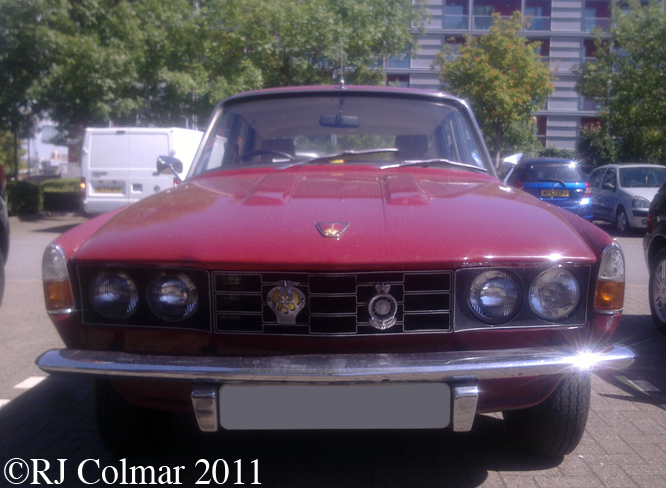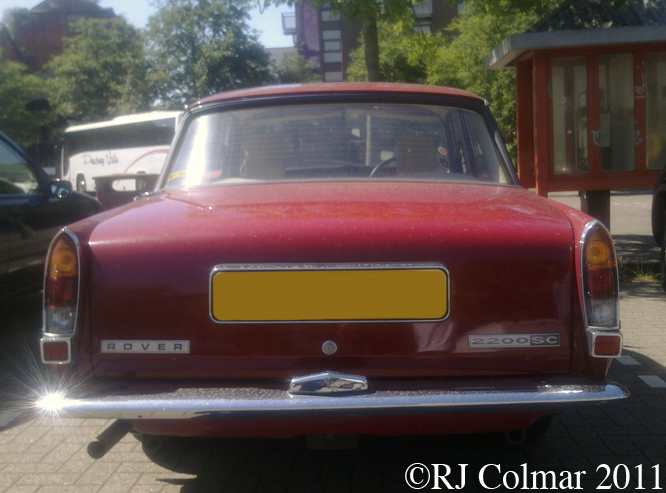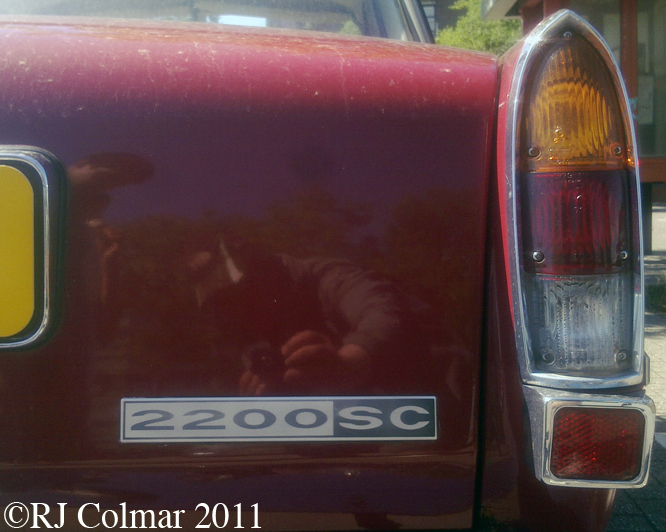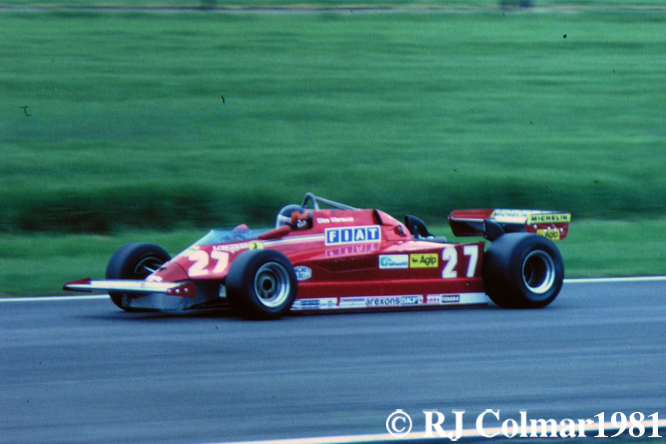Some of you may remember I found a cut’n’shut Rover Series I P6 Cabriolet behind a hedge last year, today I am looking at the Series II P6 introduced in October 1970.
Initially the P6 Series II comprised exterior changes to the grill, plastic replacing alloy, rear lights and the instrumentation and switches of the two more expensive Twin Carburettor and 3500 versions.
From 1973 the Series II P’6s came in three flavours the 98 hp 2200SC, Single Carburettor, 115hp 2200, Twin Carburettor and 3500.
Production of the P6 ceased in March 1977 with 32, 270 units produced over four years. Allegedly the last 2200 model was a Left Hand Drive export model that was converted to Right Hand Drive by the Tourist Trophy Garage in Farnham.
British Leyland, the nationalised merger of large swathes of the British motor industry was entering it’s worst period of industrial relations during the production of the P6 and this was reflected in abominable reliability issues, one driving organisation reporting that their 3500 P6 had required three engines, two gearboxes, two clutch housings and a wiring loom in 6000 miles motoring over 6 months and was off the road for 114 days out of the 165 days that it was tested over !
An attempt was made to export a high spec P6 to the USA but with less than 1500 units sold many of the cars built for the USA were eventually sold in Left Hand Drive European markets instead.
While driving her daughter Stéphanie home on September 13th, 1982, Princess Grace of Monaco, nee Grace Kelly, suffered a stroke which caused her to drive her P6 off the road. She never regained consciousness and died from her injuries the next day, while Stéphanie who fractured her neck in the accident, made a full recovery.
Thanks for joining me on this edition of ‘Gettin’ a lil’ psycho on tyres’, I hope you will join me again tomorrow. Don’t forget to come back now !








